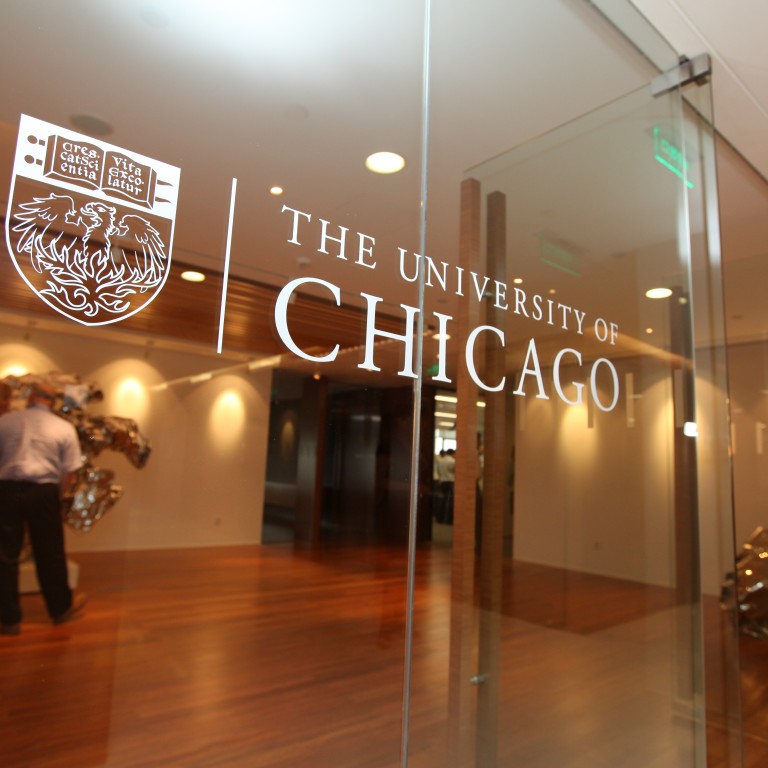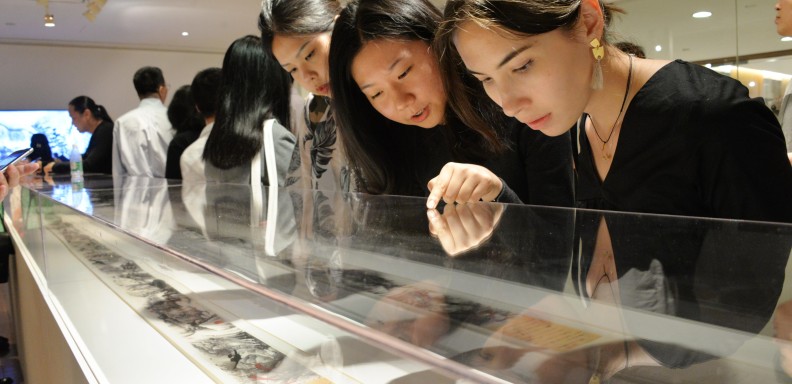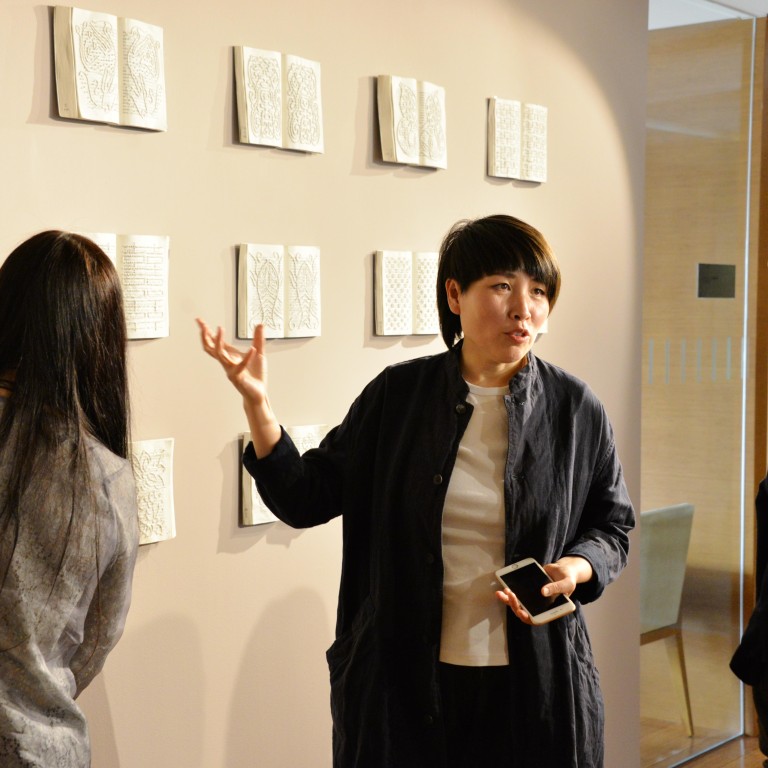Last week, the University of Chicago Center in Beijing hosted British wildlife conservationist Terry Townshend in a public lecture about Beijing’s unexpected status as one of the world’s best capital cities for wildlife and biodiversity. The lecture drew an audience of 50 people, a mix of students and adult professionals interested in the topic. Dali Yang, William Claude Reavis Professor in the Department of Political Science at the University of Chicago, hosted the talk.
Working and living in Beijing as a conservationist for the last 9 years, Terry Townshend has been dedicated to encouraging people to learn and understand more about the local environment. In his lecture at the Center in Beijing, he spoke about his projects tracking two of Beijing’s iconic birds – the Beijing Swift and the Beijing Cuckoo – and how modern technology has allowed new understanding of these birds’ incredible migrations.
According to Mr. Townshend, more than 500 species of bird have been recorded in Beijing, more than most major capital cities, including London, Paris, Washington D.C. and Canberra. So many species of bird can be seen in Beijing, because the city lies along a migratory path for birds – the "East Asian-Australasian Flyway” - as they fly back and forth from Siberian breeding grounds to southern and southeastern Asia, with some travelling as far as Australasia.
With specific interest in the Beijing Swift and Beijing Cuckoo, Mr. Townshend spoke about how recent advances in technology allowed him and a team of scientists and volunteer bird enthusiasts to attach data-tracking devices to record the yearly migratory patterns of these two birds, with shocking results. According to the data, after leaving the capital in late July, the Beijing Swift flies to South Africa via the Middle East, returning the following April, almost certainly without landing. The Beijing Cuckoo, whose winter destination was previously unknown, was shown to cross the Arabian Sea to the eastern African coast during the winter. As well as making scientific discoveries, these two projects also engaged thousands of people about bird migration and resulted in some unforeseen outcomes. For example, students from several local schools volunteered to create makeshift nests to help the Beijing Swift find new homes in Beijing’s changing urban landscape, and also led to local students persuading the CEO of one of China’s leading property developers to enact new ecological designs in its future buildings to support population growth of the Beijing Swift.
The University of Chicago Center in Beijing is grateful to Mr. Townshend for having the time to share his expertise with us and look forward to positive developments in his research and work.



